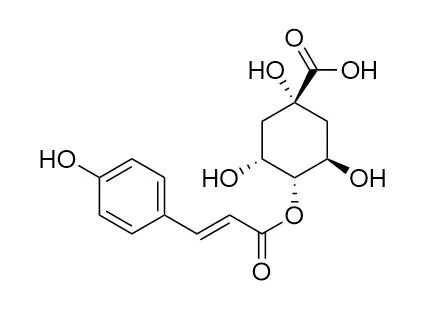| Background: Apples are the most widely consumed fruits in Germany and various other countries. Positive health effects of apple-derived polyphenols in vivo depend on their absorption, metabolism, distribution, and elimination from the body after consumption. Data on the metabolism of these polyphenols in humans are scarce. In order to study the intestinal transit and metabolism of apple polyphenols in humans, a variety of experiments were carried out.
Methods: Polyphenols were incubated with saliva (for 5 min), simulated gastric or duodenal juice (4 or 10 h, respectively), or rat hepatocytes (4 h) under aerobic conditions, and with ileostomy fluid under aerobic conditions for 10 h. The polyphenol profile in human serum (8 h later) and renal elimination in urine (24 h later) were also investigated after consumption of 1 L apple juice. Polyphenols and their metabolites were identified and quantified by high-performance liquid chromatography with diode array detection (HPLC-DAD), HPLC-electrospray ionization-tandem mass spectrometry (ESI-MS/MS), and gas chromatography (GC)-MS.
Results: In the presence of native saliva or ileostomy fluid, β-glycosides of phloretin and quercetin were hydrolyzed, to varying degrees depending on the sugar moiety, and to much lesser degrees in the presence of antibiotics. In the gastric milieu, almost complete degradation of procyanidin B(2) to (-)-epicatechin was observed. In the presence of artificial duodenal juice flavan-3-ol epimerization occurred. Quercetin was completely converted to phloroglucinol, 3,4-dihydroxybenzoic acid, and 2,4,6-trihydroxybenzoic acid. Formation of isomeric products of hydroxycinnamic acid esters and their corresponding methyl esters was also observed, and similar results were obtained after incubation with rat hepatocytes. Products of phase II metabolism, two phloretin O-glucuronides and eight (methyl) quercetin O-glucuronides, were identified in the hepatocyte samples. Following enzymatic hydrolysis, 5-caffeoylquinic acid, 4-p-coumaroylquinic acid, caffeic acid, (-)-epicatechin, phloretin, and quercetin were recovered in both serum and urine (5.3% and 3.5% of the amounts consumed, respectively). In addition, 19.5% of the polyphenols consumed were identified in the urine in the form of hydroxylated phenolic and hippuric acids.
Conclusion: The findings relating to the absorption, metabolism, and systemic availability of polyphenols in vivo should contribute to our understanding of their biological effects, and the characterization of newly formed metabolites should facilitate further studies. |






 Cell. 2018 Jan 11;172(1-2):249-261.e12. doi: 10.1016/j.cell.2017.12.019.IF=36.216(2019)
Cell. 2018 Jan 11;172(1-2):249-261.e12. doi: 10.1016/j.cell.2017.12.019.IF=36.216(2019) Cell Metab. 2020 Mar 3;31(3):534-548.e5. doi: 10.1016/j.cmet.2020.01.002.IF=22.415(2019)
Cell Metab. 2020 Mar 3;31(3):534-548.e5. doi: 10.1016/j.cmet.2020.01.002.IF=22.415(2019) Mol Cell. 2017 Nov 16;68(4):673-685.e6. doi: 10.1016/j.molcel.2017.10.022.IF=14.548(2019)
Mol Cell. 2017 Nov 16;68(4):673-685.e6. doi: 10.1016/j.molcel.2017.10.022.IF=14.548(2019)